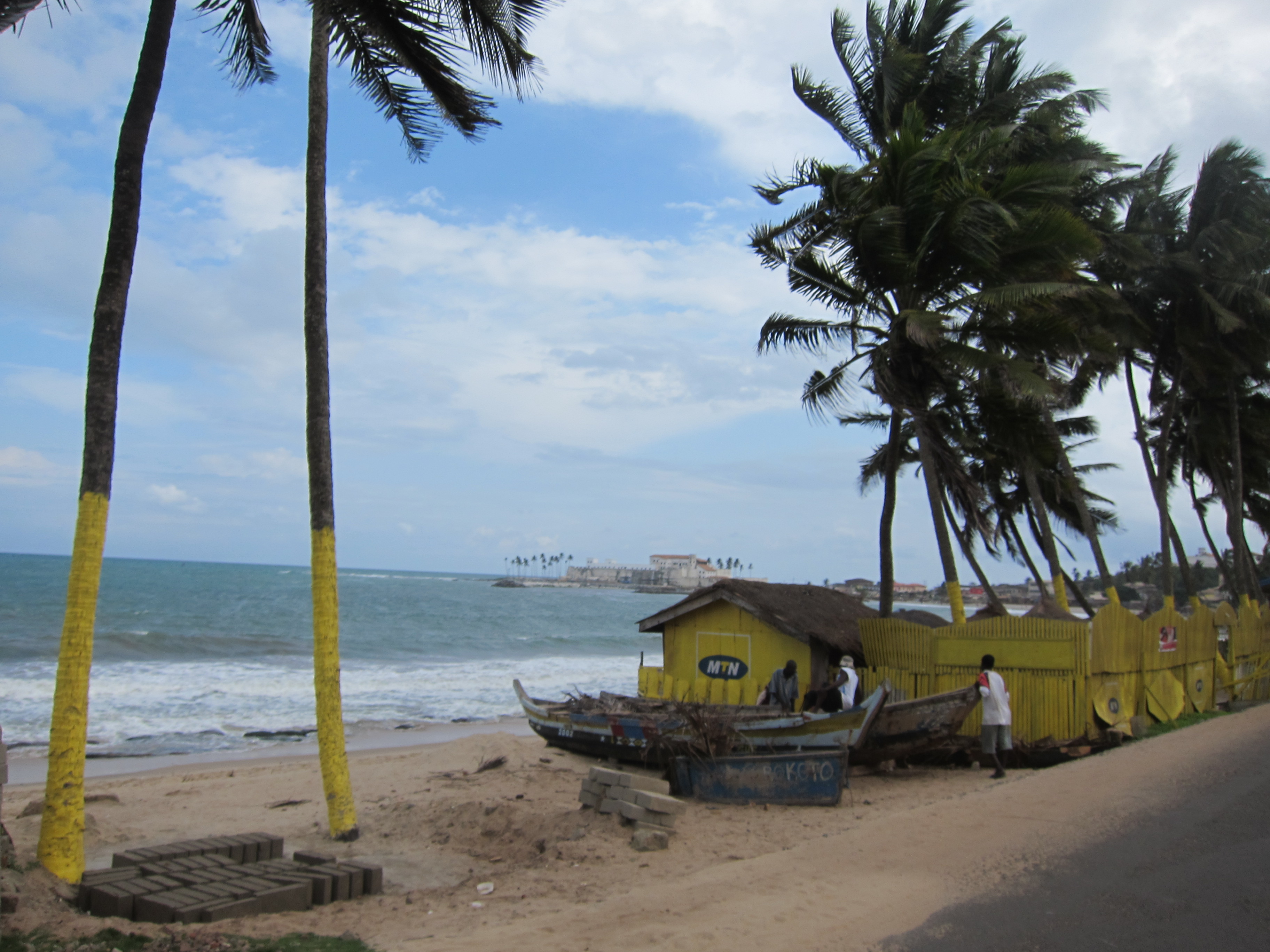When I teach courses on Atlantic Slavery, we usually spend the final weeks of the semester discussing popular ideas about the history of slavery in the U.S.. In class discussions and in their blog posts, students consider what they had been taught about slavery before taking our class. Drawing on a wide range of student experiences from touring Gettysburg or Colonial Williamsburg on family vacations to the presentation of slavery in elementary classrooms, we analyzed the historical narratives teachers and park rangers constructed as well as the implications these representations of America’s slaveholding past have for contemporary discussions of race.
Last fall, the students and I focused on the controversy over Our Virginia, the newly-adopted textbook for fourth-grade Virginia history. In her analysis of Virginia during the Civil War, author Joy Masoff included a claim that “Thousands of Southern blacks fought in the Confederate ranks, including two black battalions under the command of Stonewall Jackson.” When this information about black participation to defend the Confederacy was disputed by historians including Pulitzer Prize winner Jim McPherson, Masoff revealed that her source was a website created by the Sons of the Confederate Veterans. In an effort to reshape the reputation of their group and distance current members from the history of southern slavery, their website presented the Confederacy as a struggle supported by black and white soldiers alike.
This case about the state-sanctioned presentation of history in the classroom, coupled with readings from James Oliver Horton and Lois E. Horton’s 2006 edited volume Slavery and Public History: The Tough Stuff of American Memory, brought many of the debates we had about the ongoing significance of slavery and public memory. If the goal of public history sites is to get visitors to ask hard questions and see the past in a new way, how do educators balance the need to engage visitors to support the project with the need to present uncomfortable truths about slavery ands its legacies?
These discussions about slavery and public history were fresh in my mind as I visited Ghana in May as part of the College of Wooster’s Hales Fund International Travel Seminars. During the final days of our trip, we visited Elmina and Cape Coast castles. How would the Ghanaian government present the sites’ histories to a diverse audience of Ghanaians, African-American, and white tourists? What would be the tour guides’ “take-home message” about the contemporary and historical significance of the Atlantic slave trade? How would tourists drawn to the site for so many purposes react?
For the first section of the tour, the guide at Elmina emphasized the horrors of the conditions in the holding dungeons. The details of captives’ experiences of sexual violence, unsanitary conditions, separation from family and friends, crowding, and the intense heat were all too easy to imagine when faced with the physical site. Centuries later, the stench of the suffocating air in the dungeons lingers. Having visited many other Portuguese forts, I was awed by the sheer size of Elmina. The structure is massive – certainly many times larger than contemporary military forts in Bahia or Rio de Janeiro, suggesting its central importance to the early Portuguese colonial empire. On the dungeon floors, we saw the floral wreaths honoring the many slaves who died before and during the Middle Passage. The guide told stories of resistance, and the harsh punishments that awaited men and women who fought back. The physical impact of the space created a profound sense of empathy with the Africans sold into slavery here. I was impressed by the emphasis on Elmina as a site to bear witness.
Unfortunately, our guide’s final summing up left me more cynical about the Ghanaian tourist board’s presentation of Elmina as a historic site. With his tourist audience clearly in mind, our guide finished with a plea for the need for forgiveness and racial unity. We should leave history and especially the need to place blame for the atrocities he had described behind, and instead work together for a better future. Although I was prepared after reading Bayo Holsey’s Routes of Remembrance for a discourse that distanced contemporary Ghanaian life from the history of the trade, and I recognized the difficulty with constructing a narrative that would speak to his diverse audience, I was still disappointed with what seemed to me like such blatant pandering. For me, the message that we needed to “forget the past” betrayed the emotional power of the site, the stories of suffering and courage, and the continuing legacies of European imperialism in contemporary Ghana.
The site included a display highlighting the “impacts of European contacts”, including “Education”, “European languages”, “Religion”, and “Multiracialism”, illustrated with photos of light-skinned Ghanaian families.
And yet this depoliticized message was itself formulated in response to the need to market Elmina as a tourist site appealing to a national and international audience. When members of our group asked our guide about how he formulated the final section of his tour, he acknowledged that it was largely in response to complaints from European tourists who felt they were blamed for the slave trade. Ghana needs the tourist dollars that are their fourth largest source of foreign income. And as our photos from touring Cape Coast show, not all Ghanaian young people view the sites with the same sense of reverence that Diasporian visitors do. Exposing as many visitors as possible to the site itself seems key to honoring the memory of those who died there and pushing the visitor to ask new questions about the historic legacies of the trade.
Note: this is a republication of a blog post I wrote for the Hales Seminar’s communal blog. You can read the reflections of the entire group here.







